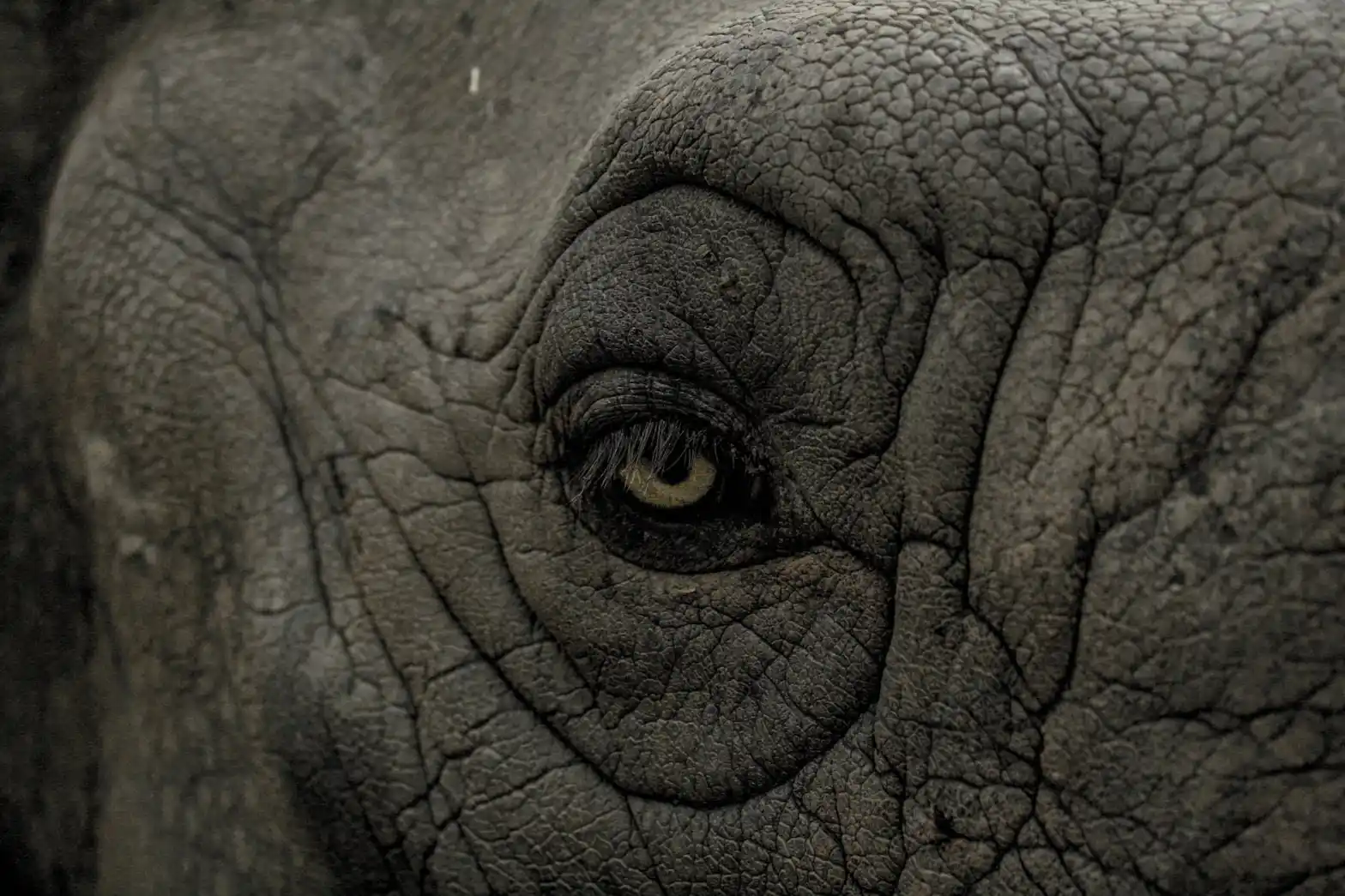Majestic and beautiful with their characteristic wrinkled grey skin. Elephants have inspired several innovative ideas.
Projects about Africa or Asia often include learning about elephants. You can use biomimicry cards in the classroom to further enhance learning about these fantastic animals. Elephants are well known among kids for their unique appearance with their swinging flexible trunks and huge size. But diving deeper into these animals is not only tremendously fun it is also essential to the work to save these creatures. Love and caring start with understanding!
Our largest terrestrial mammal has an amazing flexible trunk that has helped designers create a robotic arm. Their trunk lacks bones and the move towards “soft robotics” have helped create solutions that can aid the handicapped or assist with heavy lifting in the agriculture business. Elephant’s trunk is structured like a human tongue, functions like an arm, and is a nose!
Elephants can twist their trunks. They can twist it in both left-and-right motions. Elephants use suction power for eating. They suck up small pieces of food through their trunk.
Making a drawing of the trunk with the muscles is a perfect way to gain a deeper understanding. Developing drawing skills is very useful and many kids love observing an animal or plant in detail.
Also, the foot of the African elephant is remarkable. Not only does it support the weight of the largest terrestrial mammal, but it also absorbs and distributes forces. Their feet have large cushions, which are essential in spreading forces during weight bearing. Amazingly the cushions are also very sensitive. Elephants “hear” with their sensitive feet. They emit low-frequency sounds, infrasound, that travels under the ground. An elephant stomps the ground to alert other elephants of danger. The feet of other elephants sense the vibrations.
The patchwork pattern of the skin is also a great topic for making detailed sketches. The pattern helps the elephant stay cool since rough skin retains moisture better than smooth skin. The elephant’s skin thickens over time and the new layers put pressure on the outermost layer and it eventually cracks.
“If the skin was shedding, it would never get thick enough to generate the stress inside the little valleys of this lattice of elevations, and you would not have the cracks appearing,”
You can read more about how this work here – something that scientists recently have explained.
The moisture capture ability of the wrinkled skin has inspired ideas to make tiles that help to cool buildings. A couple ot weeks ago I listened to bioSEA explain some of their ideas to reduce the need for aircon in tropical and subtropical climate.

Elephant-skin inspired tiles for buildings could help them manage heat gain and improve ventilation.
Photos by: BioSea and Jennife Latuperisa Andresen, Unsplash.





2 thoughts on “Elephant Tiles and Other Amazing Biomimicry Ideas”